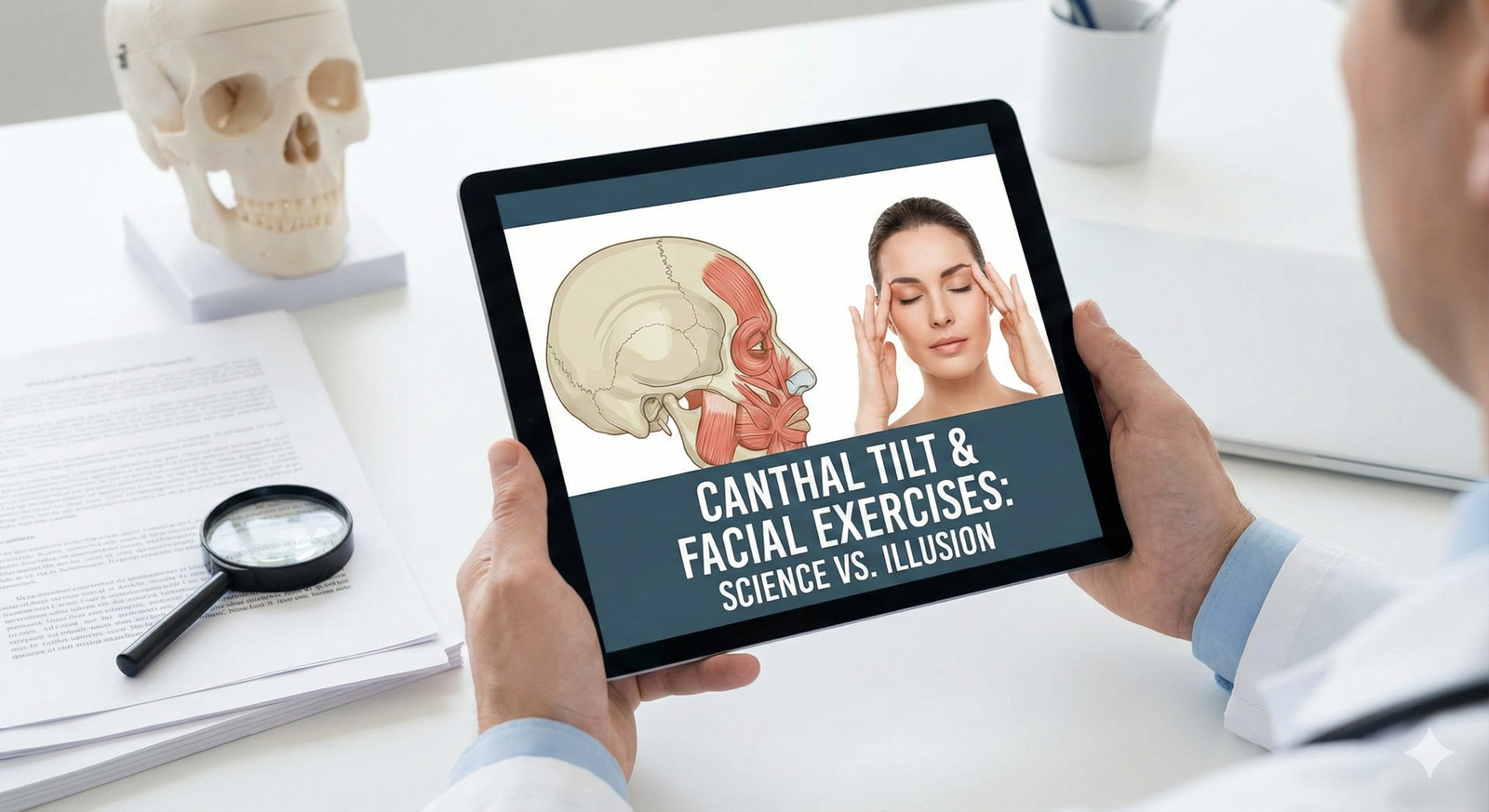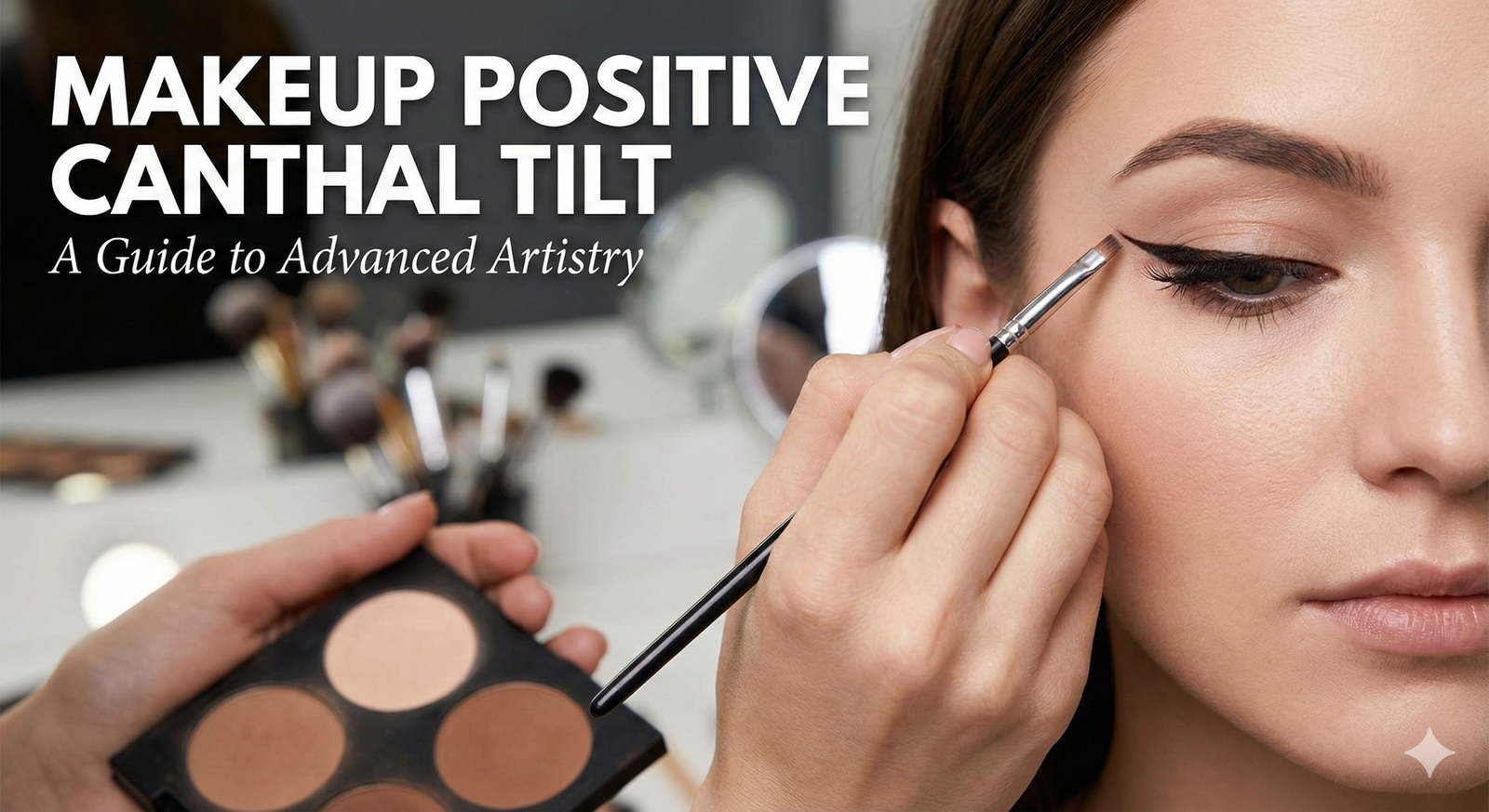When it comes to the world of modeling, there is no denying the importance of having a visually striking and aesthetically pleasing face. While makeup, styling, and photography can certainly enhance one’s features, there is an underlying factor that plays a significant role in determining the structure and symmetry of a model’s face – genetics.
Genetics, the study of heredity and the passing on of traits from one generation to another, has a profound impact on the physical appearance of individuals. It influences everything from height and body shape to facial features, including the shape of the nose, eyes, lips, and cheekbones. In the context of modeling, genetics can greatly contribute to the creation of a face that is considered conventionally attractive.
The Role of Facial Proportions
Facial proportions, often referred to as the “golden ratio,” play a crucial role in determining facial attractiveness. The golden ratio is a mathematical concept that describes a ratio of approximately 1.618, which is believed to be aesthetically pleasing to the human eye. Many models possess facial features that align with the golden ratio, resulting in a harmonious and balanced appearance.
For instance, models with symmetrical faces are often considered more attractive than those with asymmetrical features. Symmetry is a trait that is heavily influenced by genetics. It is believed that individuals with symmetrical faces have a higher genetic fitness, as symmetry is an indicator of good health and reproductive potential.
Influence of Facial Bone Structure
Another aspect of facial attractiveness that is heavily influenced by genetics is the bone structure. The shape and size of facial bones, such as the cheekbones and jawline, contribute to the overall appearance of the face. Models with well-defined and prominent bone structure are often sought after in the fashion industry.
Genetics also plays a role in determining the thickness and elasticity of the skin, which can affect how the facial bones are showcased. For example, individuals with thin and elastic skin tend to have more defined and pronounced bone structure, while those with thicker skin may have a softer and less angular appearance.
The Impact of Genetic Diversity
Genetic diversity is another factor that contributes to the unique and diverse range of faces seen in the modeling industry. The mixing of genes from different ethnic backgrounds can result in a combination of features that are considered highly desirable and captivating.
Models with diverse genetic backgrounds often have distinctive facial features that set them apart from the crowd. This diversity adds richness and depth to the world of modeling, allowing for a broader representation of beauty.
Nurturing Genetic Potential
While genetics play a significant role in shaping a model’s face, it is important to note that environmental factors also have an impact. Proper nutrition, skincare, and a healthy lifestyle can help optimize one’s genetic potential and maintain the overall health and appearance of the face.
Additionally, the fashion and beauty industry has evolved to embrace a more inclusive definition of beauty, recognizing that there is no one-size-fits-all standard. Models with unique and unconventional features are now being celebrated for their individuality, challenging the traditional notions of beauty.
In Conclusion
Genetics undoubtedly play a crucial role in modeling the perfect face. From facial proportions and bone structure to genetic diversity, our genes contribute to the unique and captivating faces we see on the runway and in fashion magazines. However, it is essential to remember that beauty comes in many forms, and the modeling industry is evolving to embrace and celebrate the diversity of faces and features.




